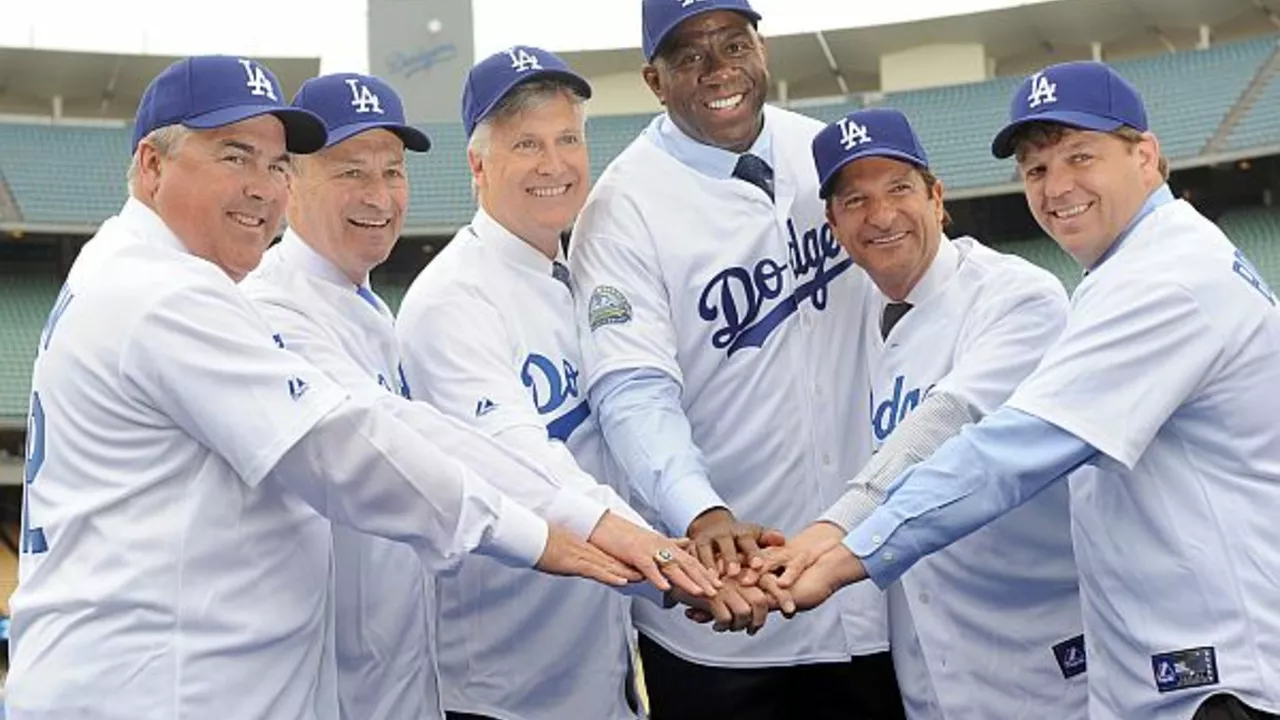Disney-owned Teams: Ownership, Branding and Sports Impact
When talking about Disney-owned teams, sports clubs or leagues that are part of The Walt Disney Company’s portfolio. Also known as Disney sports properties, they blend entertainment flair with traditional team management.
These sports franchises, professional or amateur clubs that compete in a league and generate revenue through tickets, merchandise and media rights sit at the heart of Disney’s strategy. By owning a franchise, Disney can cross‑promote movies, TV shows and theme‑park experiences. For example, a soccer club wearing a special jersey can appear in an animated series, driving shirt sales and boosting viewership at the same time.
But a franchise doesn’t run on its own. It lives inside a larger media conglomerate, a corporation that controls multiple entertainment channels, streaming platforms and publishing arms. Disney’s massive reach means a team can tap into global distribution networks that most independent clubs can only dream of. This influence shapes everything from broadcast deals to international fan clubs.
Why Disney Ownership Matters
Key to any Disney‑owned team is branding, the visual identity, story and merchandise that fans associate with a club. Disney treats a team like a character in a movie. Colors, mascots and slogans are chosen to fit both the sport’s heritage and Disney’s family‑friendly image. The result is a cohesive brand that works on the pitch, in the park and on streaming services.
Take the case of a soccer club that wears a jersey featuring a subtle castle silhouette. That design can appear in a Disney park attraction, in a video game and on a line of kids’ apparel. Fans who buy the shirt are also buying a piece of the Disney universe. This synergy boosts revenue streams beyond ticket sales: licensing, digital content, and even theme‑park rides become part of the team’s ecosystem.
Ownership also brings operational advantages. Disney’s expertise in hospitality means match‑day experiences are polished – think premium seating, themed food stalls and interactive fan zones. The company’s data‑analytics teams can track fan behavior across platforms, tailoring promotions to specific age groups or regions. This data‑driven approach helps a team grow its fan base faster than a typical club.
From a community perspective, Disney‑owned teams often engage in charitable programs that align with the corporation’s “Giving Back” initiatives. Kids’ soccer clinics, scholarship funds and environmental campaigns get the Disney brand’s credibility, encouraging sponsors to invest.
Our collection of articles below shows how Disney’s ownership model plays out across different sports and markets. You’ll find deep dives into soccer club branding, analysis of media‑conglomerate influence on team finances, and practical tips for fans wanting to understand the business side of their favourite clubs. Whether you’re a casual supporter, a budding sports marketer or a researcher, the posts give you real‑world examples of how Disney blends entertainment with competition.
Ready to explore how a media giant reshapes the world of sports? Scroll down for insights, case studies and expert commentary on Disney‑owned teams and the broader ecosystem they operate in.
Which sports teams have been owned by Walt Disney?
You may be surprised to know that Walt Disney, a household name for enchanting animations, has also dipped its toes into the world of sports. They've owned two major sports teams over the years. The first is the Mighty Ducks of Anaheim, an NHL team Disney owned from 1993 to 2005. The second is the Anaheim Angels, a Major League Baseball team which Disney owned from 1996 to 2003. So, while Disney is best known for its movies and theme parks, it's also had a significant, though lesser-known, impact on the sports world.
